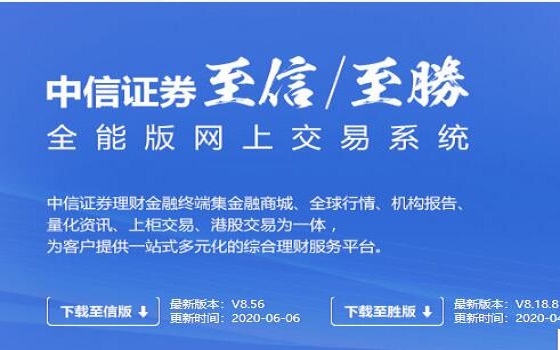GEMs funds flows:Investors continue to favour EM over DM
The recent FOMC decisions came in line with HSBC’s long held view of a gradual andpredictable tightening approach, low-for-longer long-end UST yields and a stable-to-soft USD.
The initial market reaction has been less supportive for EM, as the “dots” stayed the same for2017 and 2018 versus expectations of somewhat lower Fed funds rate projections, but thelonger terms projection, or “dot”, did actually come down. Domestically, the EM growth outlookhas strengthened, led by China, and macro balances have improved (smaller external excesses,lower inflation and higher real interest rates). Moreover, several large EM countries areundergoing structural improvements, like China, India, Indonesia, Argentina, Brazil and Mexico.
Overall, we still believe that some profit-taking episodes and spikes in volatility should be takenas an opportunity to add EM risk as valuations and positioning do not appear overly stretched.
Net inflows to EM funds continue to grow faster than to DM funds for the fifth week in a row, in %of AUM, during the week ended 20 September. Among EM bond funds, most of the inflows wentto Thailand, Mexico, India and Brazil in USD and to India, Thailand and Frontier markets in % ofAUM. Within EM equity funds, China, Brazil and South Korea captured the largest deposits, inUSD, whereas Chile, Brazil and Frontier markets grabbed the most inflows in AUM. Larger inflowsto non-ETF and institutional funds continue to support EM bond funds, particularly EXD, whilesolid gains in ETF and institutional funds boosted equity funds (p.13). In DM, US funds lifted bondfunds with HY posting solid inflows. Meanwhile, inflows to European and Global equity fundssupported DM despite withdrawals from Japanese and US equity funds.
HSBC’s early signalling system continues to suggest stable demand for EM risk (p. 14).
Similarly, EM fund flows momentum (p. 5) and dispersion indicators (p. 8) points to similardynamics. Meanwhile, Daily financial account portfolio flows show inflows to bonds (sevencountries), mainly Indonesia, India and S. Africa, but outflows from equities (eight countries),large outflows from S. Africa and India shadowed gains in Brazil and Thailand (p. 15).
- 路甯傚満鍒嗘瀽锛欸DP鏁版嵁鍙戝竷 A鑲¢渿鑽″洖钀� 2019-10-18
- 路涓€鍛ㄥ競鍦哄洖锛氫袱甯傞渿鑽′笅璺� 鏈夎壊銆佺數姘旇澶囨澘鍧楄穼骞呴潬鍓� 2019-10-18
- 路2019骞�4瀛e害椋庨櫓婧环棰勬祴锛�4瀛e害鏈競鍦轰及鍊兼湁涓嬮檷鍘嬪姏 2019-10-18
- 路绉戝垱鏉挎柊鑲$敵璐瓥鐣ヤ箣鍗佷節锛氬疂鍏板痉鎶ヤ环绛栫暐锛氫及鍊煎尯闂�67.56锛�-67.75锛呭垎浣嶇悊鎬ч€夋嫨 2019-10-18
- 路甯傚満浜ゆ槗涓诲姏璧勯噾绯诲垪锛氬晢涓氶摱琛岀悊璐㈠瓙鍏徃鎶曡祫鍏ㄦ櫙鎵嬪唽 2019-10-18
- 路2019A鑲′笁瀛f姤涓氱哗棰勫憡绠€璇勶細鍒涗笟鏉夸笟缁╂寔缁悜濂� 榫欏ご鑲′笟缁╁崰浼� 2019-10-18










